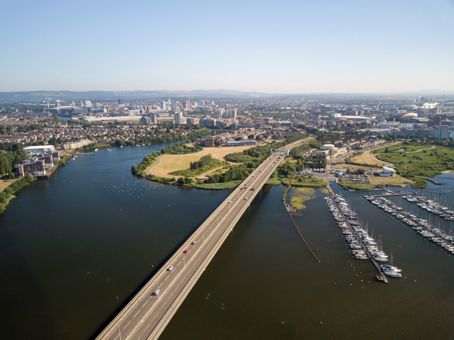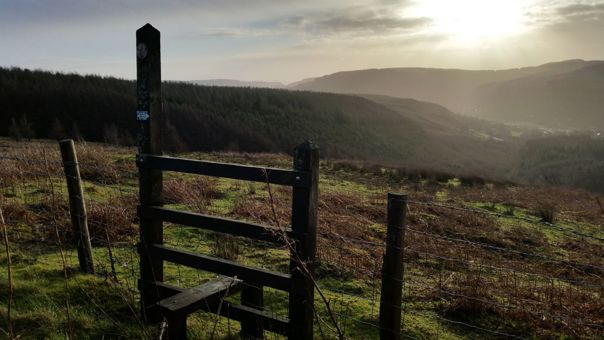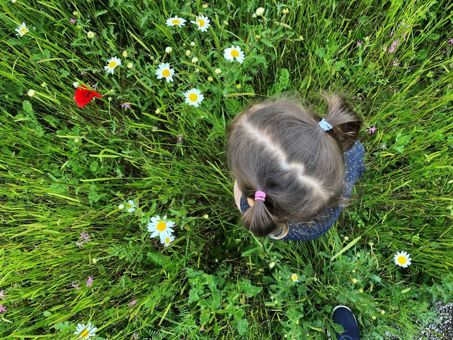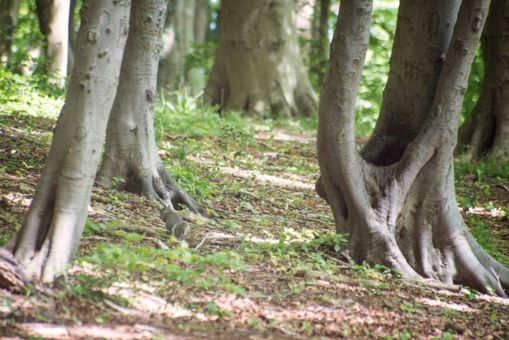Working with water
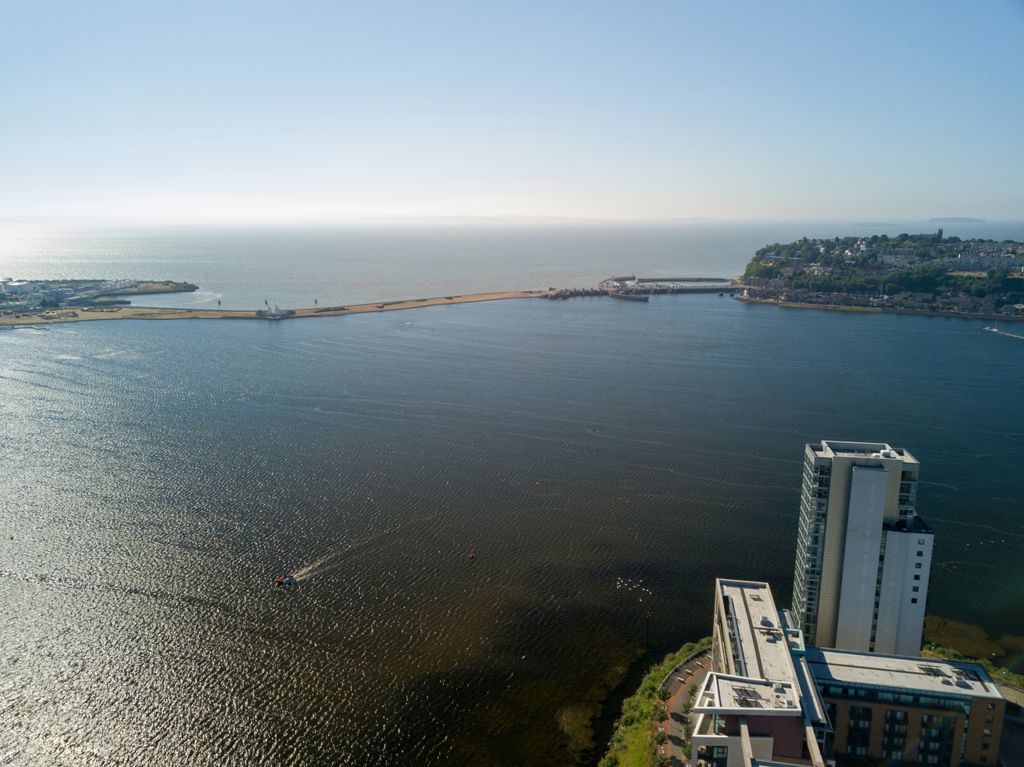
© Crown copyright (2019) Wales
Why this theme?
South Central Wales is an area that boasts many water environments of the highest quality. They demonstrate the resilience of nature, having largely bounced back from generations of neglect tied to our industrial past to become a hive of aquatic activity. Salmon in the River Taff – who would have believed that in 1970?
These water environments provide fantastic opportunities for well-being – through recreational opportunities, their role in regeneration, as well as through the vital ecosystem services that they provide for local communities.

That said, these ecosystems are still recovering from the legacies of the past as well as the pressures of a growing urban environment. There is much to do to make them more adaptable and resilient to change, allowing biodiversity to continue to recover. This will require the benefits that these environments provide for well-being to be recognised and appropriately valued.
In order to improve the overall picture, we all need to adopt a more joined-up approach towards how we manage our water environments in South Central Wales. That means finding new ways of working, taking a fully integrated approach rather than the traditional method of addressing single issues by way of individual programmes. By understanding natural processes and valuing the natural environment, we can be more ambitious about what we want to achieve. Working with stakeholders, we can gain a better understanding of our water environments and the pressures they are under.
A number of innovative partnership initiatives already exist in South Central Wales, which is good news. Now we need to take that to the next level and beyond, with the ultimate goal of engaging communities with the water environments on their doorsteps and creating shared value in the benefits that they provide. We want them to be valued, appreciated and celebrated, not ignored or taken for granted.
Future development of the Area Statement will set out evidence about our natural resources and the benefits and services they can provide. By improving people’s understanding of these benefits and services, together we can start to address many of the national challenges and opportunities in our day-to-day decision-making, including:
- Reversing the decline in biodiversity
- Reducing the risk of flooding
- Supporting climate change mitigation and adaptation through ecosystem approaches
- Improving the quality of our water
- Safeguarding and increasing carbon stores in soils and biomass
- Acting to reduce the pressures on natural resources, for instance through resource efficiency and renewable energy

What would success look like?
Success would be for ecosystems in South Central Wales (particularly our uplands and freshwater ecosystems) to be managed in ways that maintain and enhance their resilience, maximising the services they can provide through delivery of the Welsh Government’s Natural Resources Policy (NRP) of 2017.
Our first theme (Building resilient ecosystems) sets out the ecosystems in our area where interventions can enhance resilience, while also providing services that address local priorities. South Central Wales supports many high quality freshwater environments but, as already mentioned, these ecosystems are still recovering from our industrial past, as well as being under pressure from the urban environment and climate change. Upland habitats are also degraded, a legacy in part of historic and current land management. Consequently, the benefits that these environments can offer local communities are not being fully realised.
The delivery mechanisms outlined in our second theme (Connecting people with nature) support the sustainable management of these ecosystems, providing local benefits such as better protection from hazards such as flooding and wildfire, improved climate mitigation and adaptation, plus enhanced water quality and quantity which can, in turn, support wider opportunities for regeneration and well-being.
The freshwater and peat ecosystems provide the greatest opportunities for benefits in terms of catchment restoration, providing nature-based solutions that address ecosystem service needs. Among those solutions, identified in the NRP, are:
Maintaining, enhancing and restoring floodplains and hydrogeological systems to reduce flood risk and improve water quality and quantity
Many watercourses in South Central Wales have been highly modified owing to the area’s industrial past, with communities built right up to the edge of rivers. As a result, the natural processes of those rivers have been altered resulting in poor instream habitats and water quality, together with an increased risk of communities flooding. Here, success would mean enhancing the resilience of the freshwater ecosystem, improving its ability to adapt to climate change, managing extreme flows, improving connectivity of the riparian ecosystem, and providing subsequent benefits to people and wildlife.
Restoring uplands and managing them for biodiversity, carbon, water, flood risk, energy and recreational benefits
As already mentioned, our upland habitats are degraded. Peat covers over 2800 hectares across South Central Wales, 80% of which can be found in the uplands. However, the condition of that peat is worse than the national average, with modified land cover currently occupying 70% of the deep peat. Success here would be the restoration and improvement of these upland habitats in order to capitalise on the opportunities they can provide for clean water, wildlife, protection from hazards such as flooding and wildfire, access and recreation.

Increasing green infrastructure in and around urban areas
Pressure on our ageing infrastructure is a key concern in South Central Wales, with surface water infiltration into our combined sewage systems causing overloading and leading to pollution. Here, success would be the integration of nature-based solutions, such as sustainable drainage systems, into urban green infrastructure in order to alleviate the pressure on urban areas, and adapting communities to an increased risk of flooding.
Reducing the risk of flooding
Flooding can occur from rivers and tributaries overflowing, or from surface water. In order to reduce flood risk in South Central Wales, we know that catchment restoration alone will not be enough to help our communities adapt to the effects of climate change. Success would be for catchment restoration interventions to work alongside our physical flood defences, reducing the peaks in flow and, where possible, the need for additional or larger more expensive physical flood defences, together with preparing for the increased risk of flooding.

Who have we worked with to date?
We have engaged widely across the environmental sector with bodies such as the Welsh Government, Dwr Cymru Welsh Water, local authorities and non-governmental organisations, together with land management representatives, developing a shared understanding of the resilience of freshwater ecosystems. We have also engaged internally with NRW staff across various functions (flood risk, environmental management and land management) to refine our understanding of the pressures and risks on our water environment. Through the Area Statement, we’re looking to develop new ways of working both internally and externally across NRW’s functions, adapting a more joined-up approach to catchment management. However, we acknowledge there is still much to do in terms of exploring opportunities with external partners, ones that promote a wider approach to catchment management along with enhancing our overall well-being.
What are the next steps?
Our ongoing Area Statement engagement will focus on what we are calling ‘Opportunity Catchments’. This involves working with external partners to identify tasks we can collaborate on surrounding catchment management, and how that can deliver wider benefits in terms of well-being.
With that in mind, we are proposing the Taff/Ely as our initial ‘Opportunity Catchment’ in South Central Wales, with the principle thread being ‘People’. Encompassing a population of approximately 400,000 and flowing through Wales’ capital city, this ‘Opportunity Catchment’ gives us the chance to explore people’s connection to the water environment, as well as maximising the benefits that a resilient freshwater ecosystem provides.
We envisage an integral part of this being a series of engagement events/discussions across the Taff/Ely area exploring opportunities to work with strategic partners on improving and restoring the catchment, making our communities more resilient.
Exciting initiatives must be built on to identify other joint working opportunities, ones that look to deliver NRP priorities for nature-based solutions, pursing actions such as:
- Exploring ways to reinstate natural processes to make our freshwater environments more resilient for people and wildlife, for instance by liaising with lead flood management authorities on nature-based solutions that complement existing flood defences
- Embracing new ways of working, through ‘Opportunity Catchment’, will allow strategic partners to develop an integrated approach to catchment and river restoration that uses built and natural processes to deliver well-being benefits
- Managing and enhancing the resilience of upland habitats to capitalise on opportunities they can provide for clean water, wildlife, protection from hazards such as flooding and wildfire, access and recreation
- Creating a shared value of the water environment, promoting its role in well-being and regeneration through Public Service Boards, aligned to existing local/regional plans such as the Valleys Regional Park
- Exploring the role of nature-based solutions with key stakeholders like Dwr Cymru Welsh Water and local authorities in managing the impact of surface water on water quality and flood risk, reducing costs of water treatment, the pressure on an ageing infrastructure and developing a local evidence base to inform on green infrastructure assessments and other delivery mechanisms
- Developing understanding of flood risk and working with local communities and businesses to help them become more adaptable to climate change

How does what we’ve proposed deliver Sustainable Management of Natural Resources (SMNR)?
Healthy and resilient ecosystems provide us with essential, intrinsic benefits to our lives and well-being. By developing a common understanding of the status of freshwater and upland environments in South Central Wales, together with a consensus on how best to manage the pressures acting on these environments, we can start to build resilience within ecosystems, maximising the services they can provide through delivery of the NRP.
The sustainable management of ecosystems – supported through key delivery mechanisms such as local development plans, the Welsh Government’s Sustainable Farming and Our Land Scheme, and partnerships aimed at realising opportunities on publicly owned land – will help us meet the local needs for ecosystem service benefits. As already stated, these include improved protection from hazards such as flooding and wildfire, improved climate mitigation and adaptation, plus enhanced water quality and quantity. This can, in turn, support wider opportunities for recreation and well-being.
New legislative requirements support a more integrated ‘catchment management’ approach to identify joined-up action to manage water quality and regulate low and high flows. However, one of the challenges of adopting a truly integrated approach is the need to switch from more traditional, functional work programmes, where action is taken to address a single issue, to measures that realise the benefits of managing catchment right across the board.
Through further Area Statement engagement, NRW will integrate new ways of working (both internally and externally with strategic partners) to deliver catchment restoration at a meaningful, landscape scale. We will also promote nature-based solutions to address many long-standing environmental impacts such as poor water quality, high flood risk and habitat loss.
Our long-term aim is that local communities will discover a new level of engagement with the magnificent landscapes on their doorsteps, valuing the importance of these habitats and the ecosystem services they provide for our well-being.
How can people get involved?
In South Central Wales, we are committed to working in an open and transparent way. With that in mind, we want to encourage people to connect with nature. The Area Statements process allows us to establish new ways of working which will be identified as we develop the next steps. Should you wish to find out more, please don't hesitate to email us at southcentral.as@cyfoethnaturiolcymru.gov.uk

